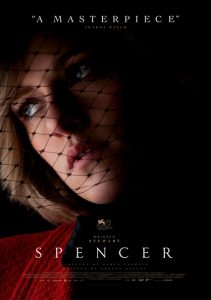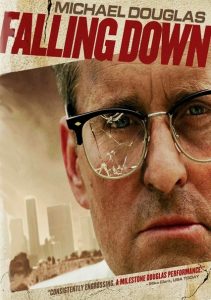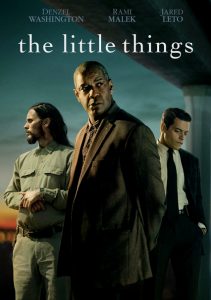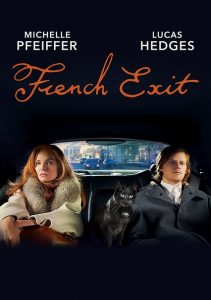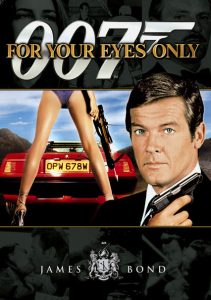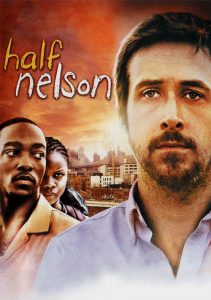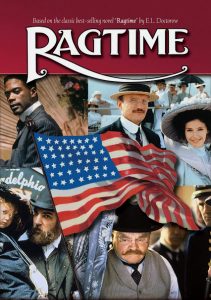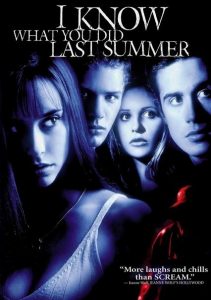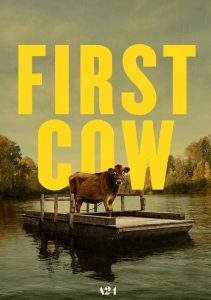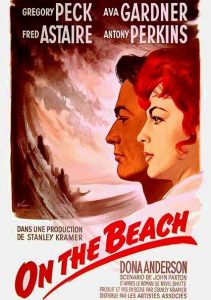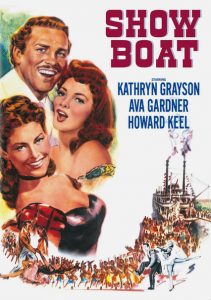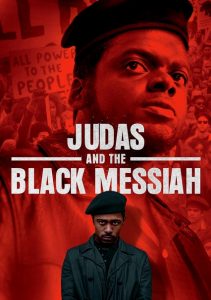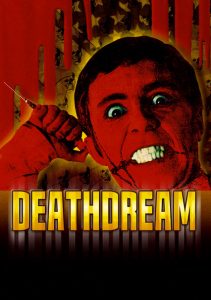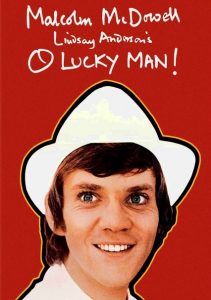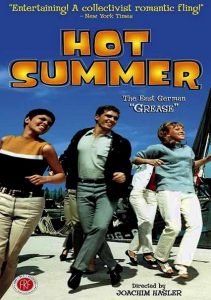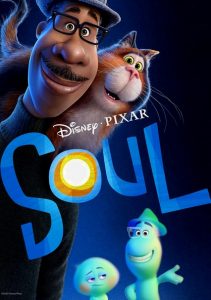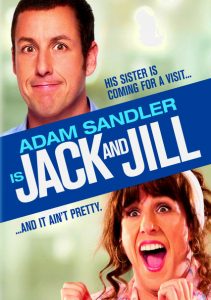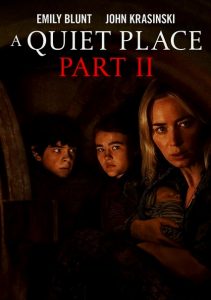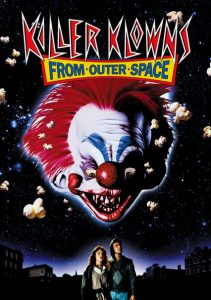Spencer-2021
Director-Pablo Larraín
Starring-Kristen Stewart, Timothy Spall
Scott’s Review #1,193
Reviewed November 7, 2021
Grade: A
In the 2020s there has been a sudden flurry of depictions of and attention given to Princess Diana, a tragic figure in British royalty who came to an untimely death in 1997. The Netflix series The Crown and a documentary immediately come to mind. While tremendous offerings they often stay the mainstream or historic course.
But Director Pablo Larraín presents a daring and rather unpleasant telling of a miserable Christmas weekend the Princess spent among the royal family in 1991, a time when her marriage to Prince Charles had been decimated and reached the point of no return.
Spencer (2021) is a brilliant art film focused on the troubled young woman’s dealings with her children, her eating disorder, her loneliness and despair, and of course relationships with the royal family.
Kristen Stewart delivers a career-defining performance as Diana and bravely puts on full naked display the shocking reality of the real-life figure’s most inner thoughts and demons.
Larraín prefaces the film with the sentence ‘a fable about a real-life tragedy’ or something to that effect.
The crumbling marriage of Princess Diana (Spencer) and Prince Charles (Jack Farthing) has led to rumors of affairs and an impending divorce but peace is demanded during the Christmas festivities at the Queen’s Sandringham Estate. The lavish spread of magnificent food, pheasant hunting, and family photos would be the dream of many but Diana is counting down the minutes until she can escape the dreary experience.
Restless, Diana imagines her life without the royal family and yearns to escape her trapped life. She fantasizes, binges and purges, and spends time with her children, while clinging to her friend and Royal Dresser, Maggie (Sally Hawkins), and befriending the kindly Equerry Major Alistair Gregory (Timothy Spall). He leaves a book about Anne Boleyn, the tragic wife of Henry VIII, which Diana becomes obsessed with.
My two biggest takeaways are Stewart’s performance and the musical score.
Stewart has long attempted to separate herself from her household name-making performances as Bella Swan in the Twilight Saga film series (2008-2012). Several supporting roles in independent features like Still Alice (2014) and Cafe Society (2016) followed but with Spencer, she hits the jackpot.
Her vulnerability and insecurity infuse themselves into Diana with ferocity and power so much so that I became immersed with her mannerisms as much as the words she spoke. A long and painful dinner scene (my favorite scene) with no dialogue features a closeup of Stewart as she angrily glares at several members of the dinner party. Her disgust at both them and the life she now leads is apparent.
Stewart displays how much Diana desired to escape from her cage where she felt as trapped as an animal would.
Jonny Greenwood creates a fantastic musical score that is haunting and powerful. He is the lead guitarist of the alternative rock band Radiohead and has scored numerous film scores. In the sequence listed above, he offers bombastic and eerie stringed instruments and a powerful drum beat. Later, as Diana wanders the grand halls he expresses her frustration with his music.
It’s an essential part of the film.
To lighten the mood, the 1986 hit song “All I Need Is A Miracle” by Mike and the Mechanics is played while Diana and her boys drive in their car on a sunny day singing along.
Spall and Hawkins play vital supporting roles as Diana’s only true allies. Spall is quiet and reserved but reveals so much with his facial expressions as his sympathy for Diana is apparent. In a surprise twist, Hawkins’s Maggie admits both her sexuality and her love for Diana as the two grow even closer.
Diana was quite the powerful ally to the LGBTQ+ community during a time when precious few were and the film gives a good reminder of her open-mindedness and her open heart.
Spencer (2021) is not the crowdpleaser some, including myself, would have expected and may even turn some viewers off with its depressing and embroiled cinematic fury. But it’s so much better than a popcorn feature with deeper emotion and exceptional psychological appeal that takes us into an imaginative state.
Oscar Nominations: Best Actress-Kristen Spencer
